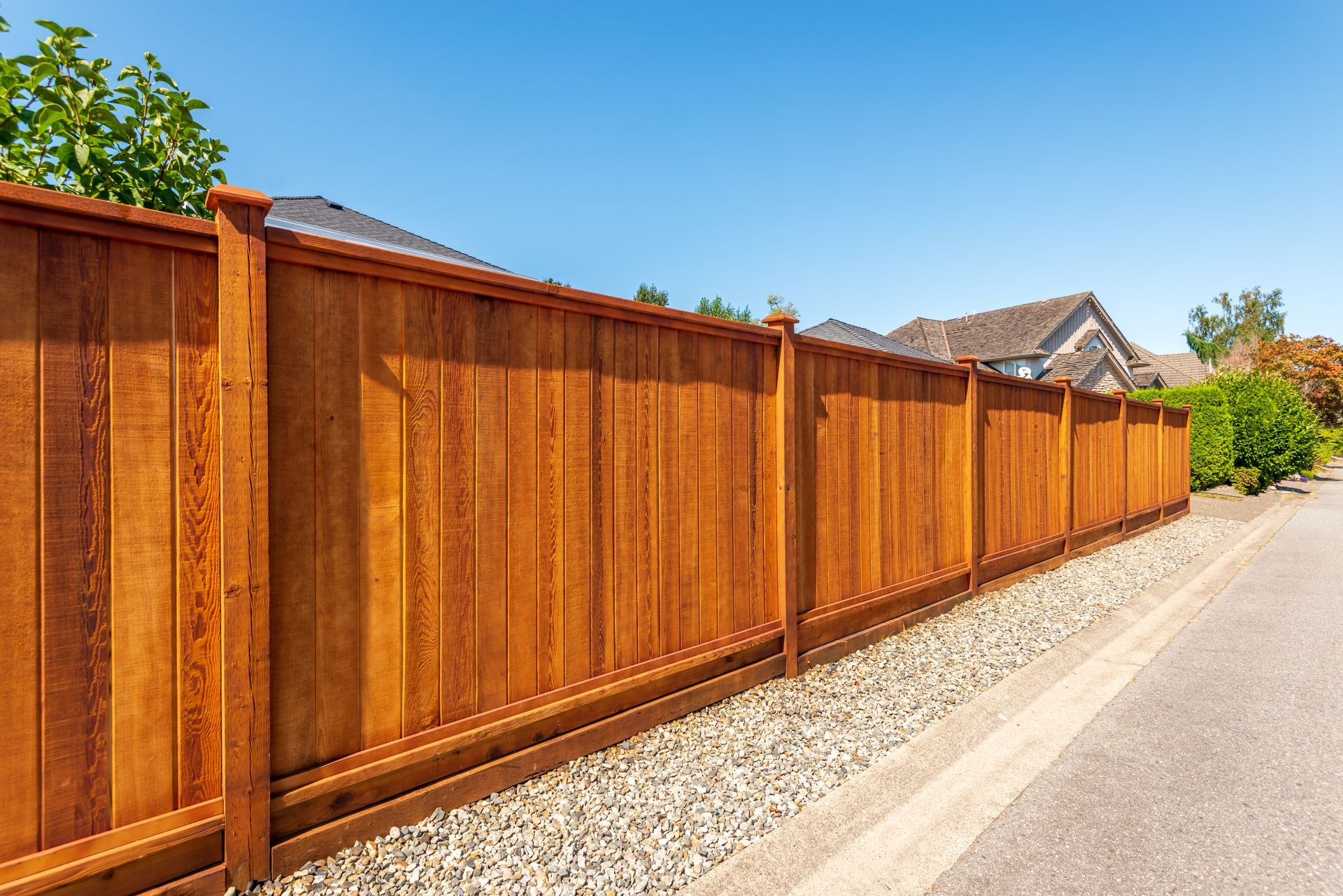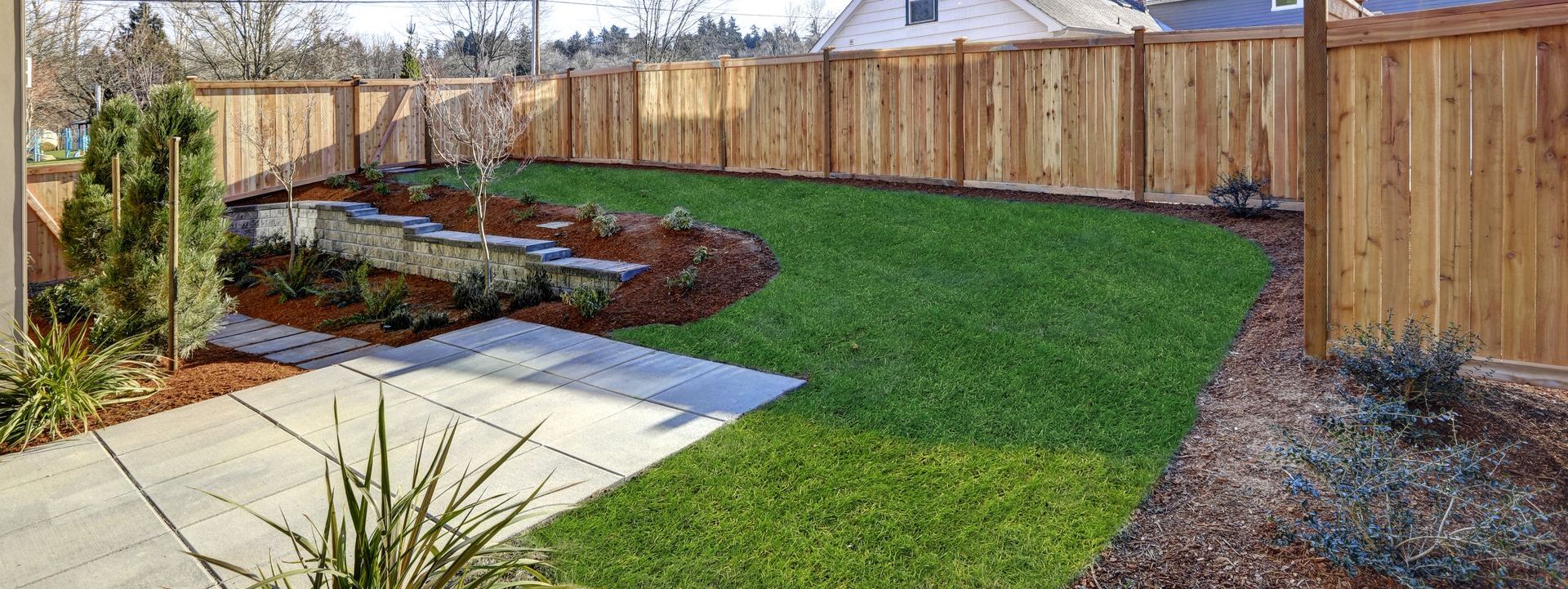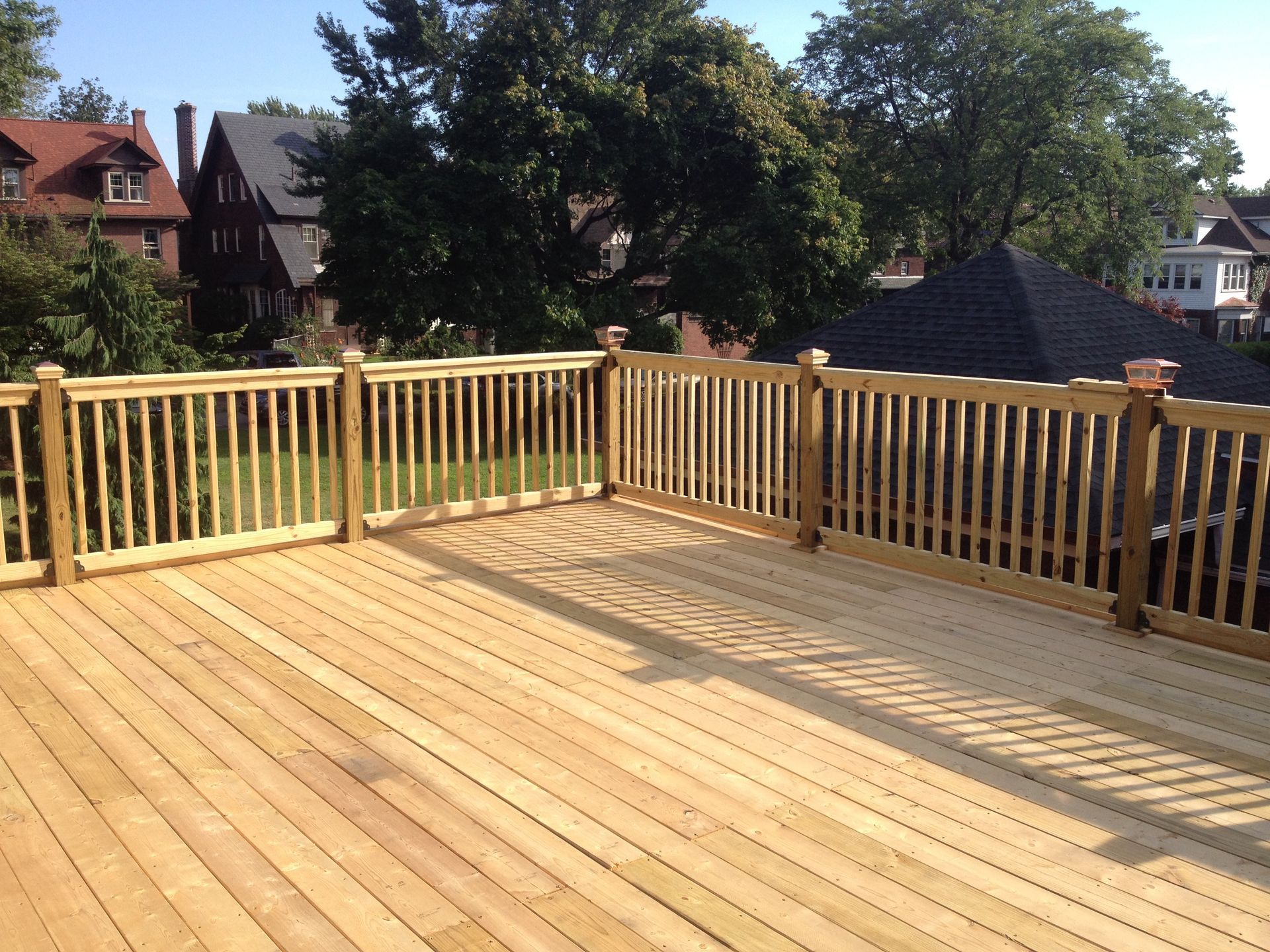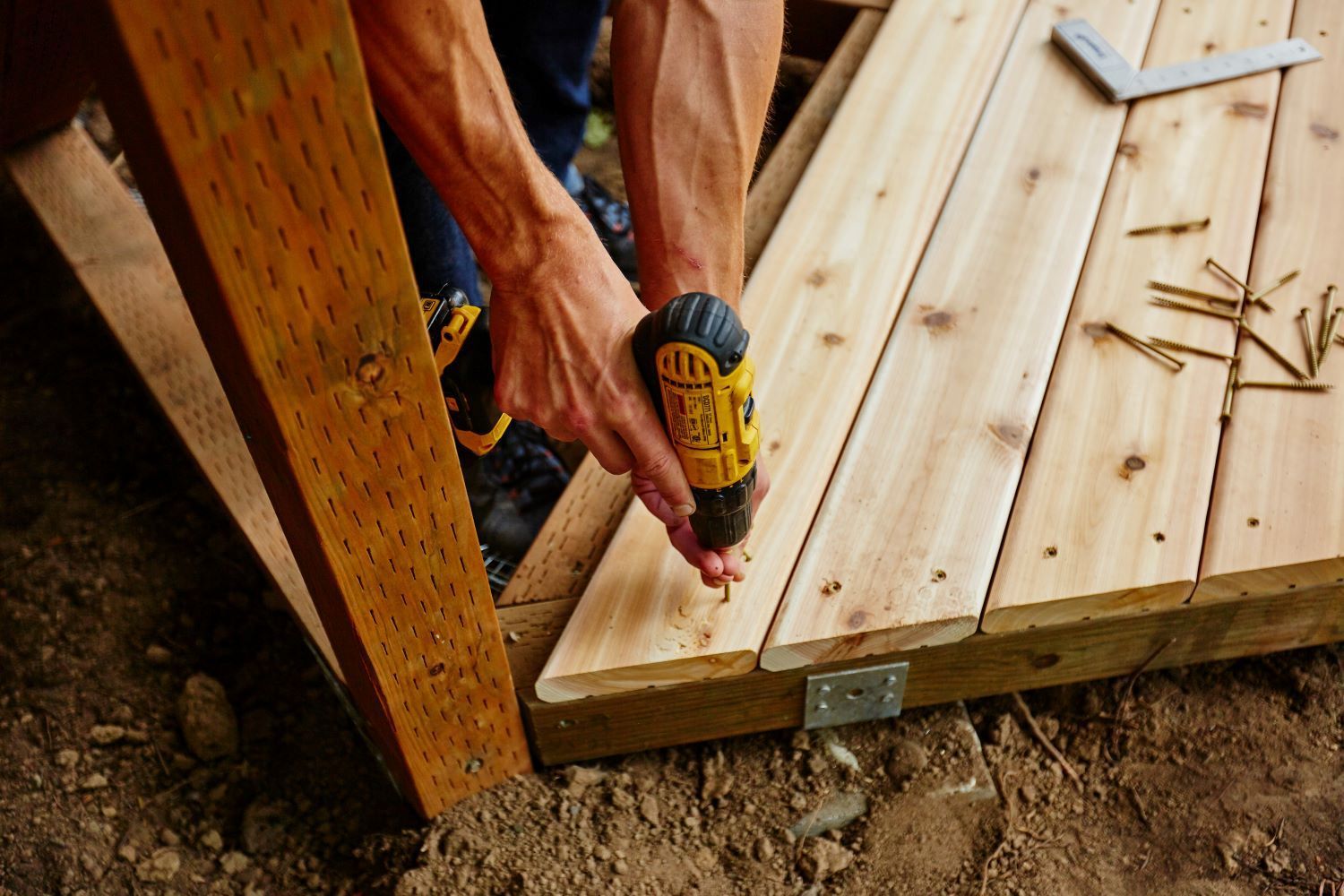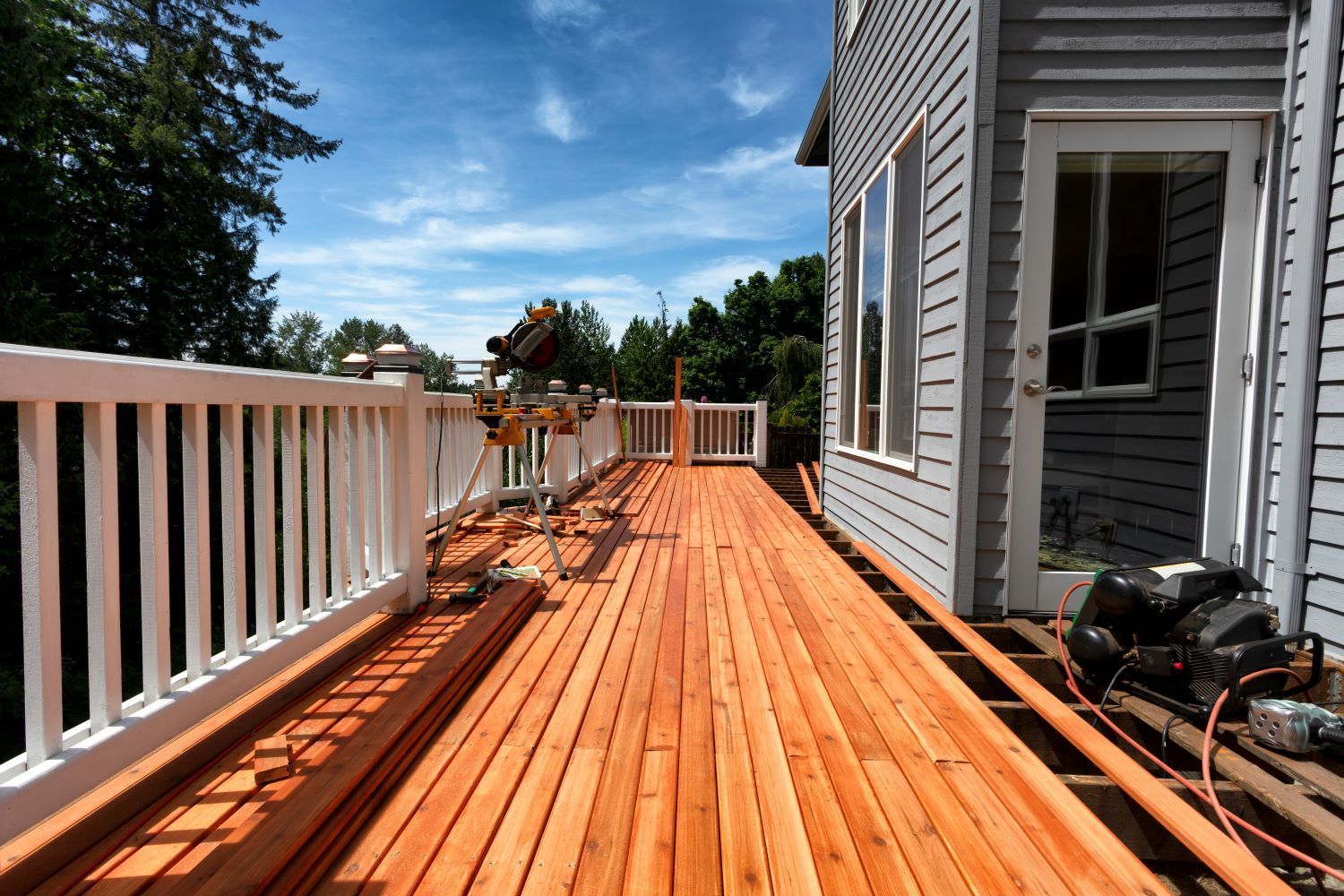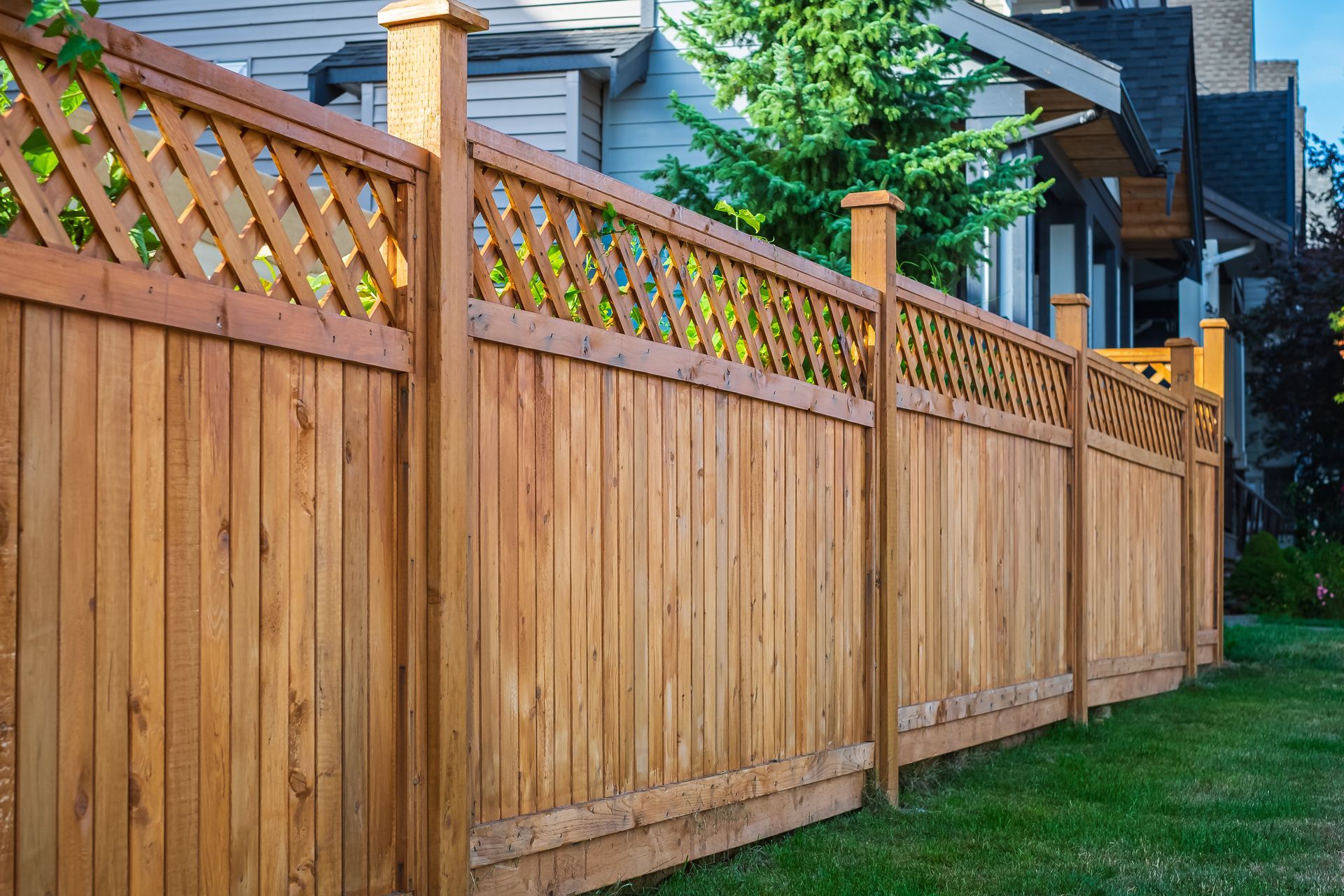The Ultimate Guide to Preventing Fence Rot and Decay
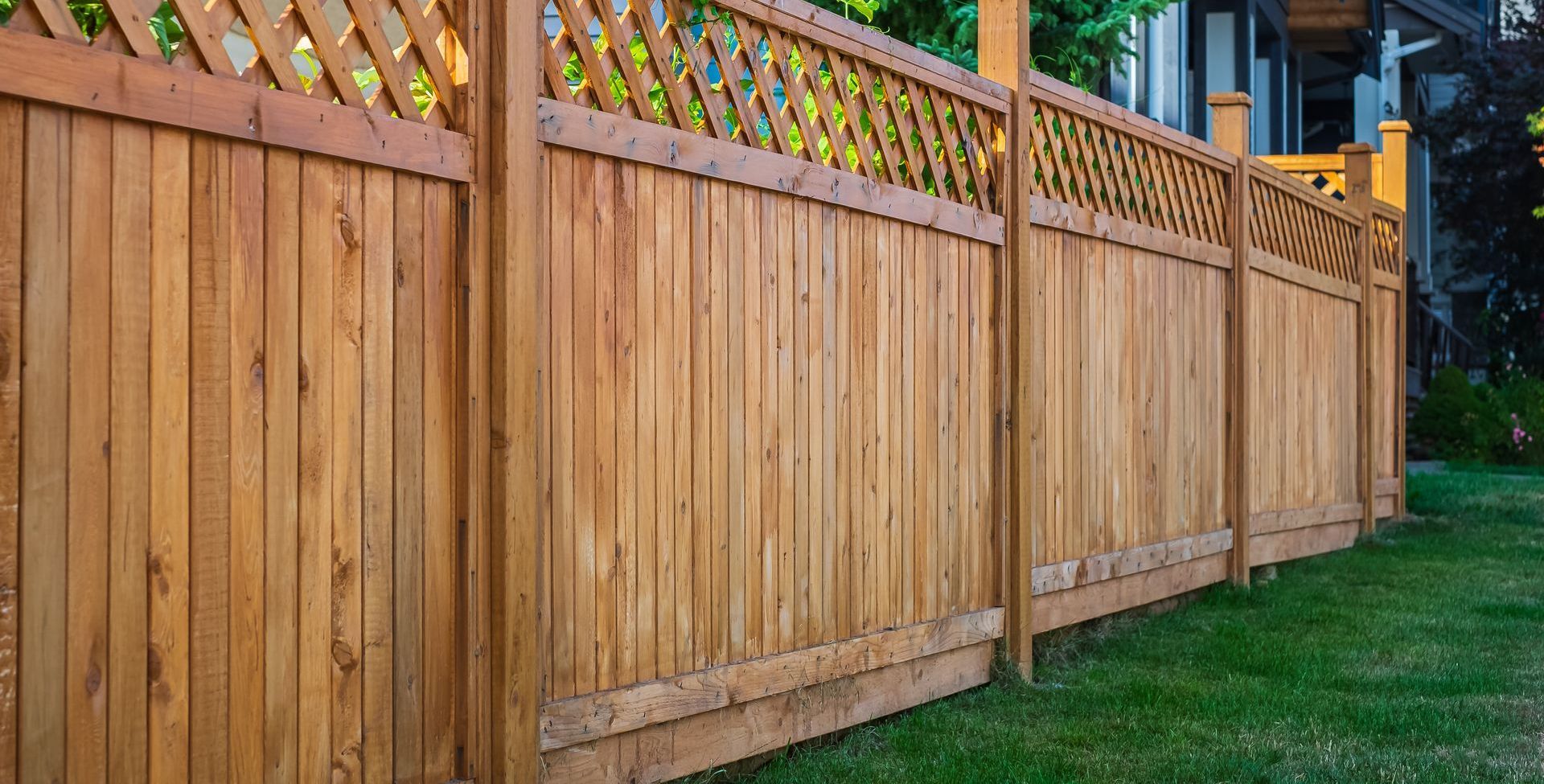
A well-maintained fence not only enhances the aesthetic appeal of your property but also ensures privacy and security. However, one of the biggest challenges homeowners face with fences, especially wooden ones, is preventing rot and decay. In the damp climate of London, Ontario, it's essential to take proactive steps to protect your fence from the elements. Here’s how you can prevent fence rot and decay to ensure your fence stands strong for years to come.
1. Choose the Right Wood
The first step in preventing rot and decay starts with selecting the right type of wood. Opt for naturally rot-resistant woods such as cedar, redwood, or pressure-treated lumber. These types of wood contain natural oils and chemicals that deter insects and resist moisture, making them ideal for fences.
2. Proper Installation
Ensure your fence is installed correctly to prevent water from pooling around the base, which can lead to rot. Here are some installation tips:
- Use Gravel: Place gravel at the bottom of each post hole to facilitate drainage and prevent water accumulation.
- Slope Concrete: If you’re setting your posts in concrete, slope the top of the concrete away from the post to direct water runoff away.
- Elevate the Fence: Ensure the bottom of the fence is elevated a few inches off the ground to avoid direct contact with soil moisture.
3. Regular Cleaning
Regularly cleaning your fence removes dirt, moss, and other debris that can trap moisture against the wood. Use a garden hose or a pressure washer on a low setting to wash away any buildup. Be sure to let the fence dry completely before proceeding with any treatments.
4. Apply Protective Sealant
Applying a high-quality wood preservative or sealant is crucial in protecting your fence from the elements. These products create a barrier that prevents moisture from penetrating the wood. Reapply the sealant every 1-2 years, or as recommended by the manufacturer, to maintain its effectiveness.
5. Stain Your Fence
Staining your fence not only enhances its appearance but also provides an additional layer of protection. Choose a stain that contains UV inhibitors and water repellents to shield your fence from sun and rain damage. Unlike paint, which can crack and peel, stain penetrates the wood and provides long-lasting protection.
6. Ensure Proper Ventilation
Good airflow around your fence is essential in preventing rot and decay. Trim back any plants or shrubs that are growing too close to the fence. Overgrown vegetation can trap moisture against the wood and create a breeding ground for rot.
7. Inspect and Repair Regularly
Regular inspections are key to catching early signs of rot or decay. Check your fence at least twice a year for any signs of damage, such as:
- Soft Spots: Press the wood with a screwdriver. Soft spots indicate decay.
- Discoloration: Look for dark or greenish spots that can signal mold or mildew.
- Warping or Cracking: Address these issues promptly to prevent further damage.
If you find any damaged areas, repair them immediately. Replace rotten boards and reinforce any weak spots to maintain the fence’s integrity.
8. Control Moisture Around the Fence
Ensure that your landscape design doesn’t contribute to excessive moisture around your fence. Redirect downspouts and sprinklers away from the fence and avoid planting water-loving plants too close to the fence line.
Conclusion
Preventing fence rot and decay requires regular maintenance and a proactive approach. By choosing the right materials, installing your fence correctly, and performing routine care, you can significantly extend the life of your fence.
At Deck and Fence London, we specialize in building and maintaining fences that withstand the test of time. Contact us today for professional advice and services to keep your fence in top condition.
